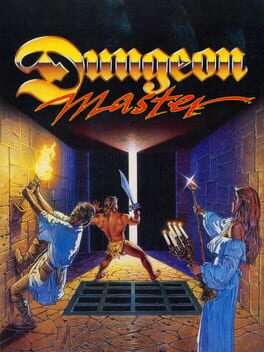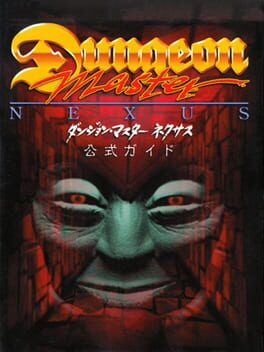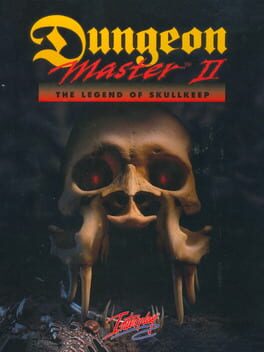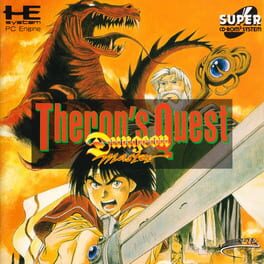

Dungeon Master established several new standards for role playing and computer games in general. Dungeon Master was a realtime game instead of the traditional turn-based approach that was prevalent until then. Instead of using text-based commands to interact with the environment, players directly manipulated objects and the environment by clicking the mouse in the enlarged first-person view. Abstract Dungeons and Dragons style experience points and levels were eschewed in favor of a system where the characters' skills were improved directly via using them. It also introduced some novel control methods including the spell casting system, which involved learning sequences of runes which represented the form and function of a spell's effect. For example, a fireball spell was created by mixing the fire symbol with the wing symbol. This kind of attention to detail and focus on the user interface was typical of the game and helped create an often captivating sense of craft and ingenuity. Other factors in immersiveness were the then-revolutionary use of sound effects to indicate when a creature was nearby, and (primitive) dynamic lighting.
Also in series
Released on
Genres
Reviews View More
The role playing elements were also solid, allowing you to pick from 24 classes. customize a party, and even reroll stats on your heroes, along with the aforementioned equipment system. Even the lack of an auto-mapping feature here is acceptable because it gives a greater sense of danger and exploration as you work your way through the massive dungeon.
The generic plot basically just serves as a justification for the gameplay here, which keeps it from reaching the same legendary status as games that nailed both story and gameplay, it's still an incredibly important entry in the video game canon.
Although, I always confused this game for Ultima Underworld - probably because UU took what this game essentially did and expanded on it some more.




